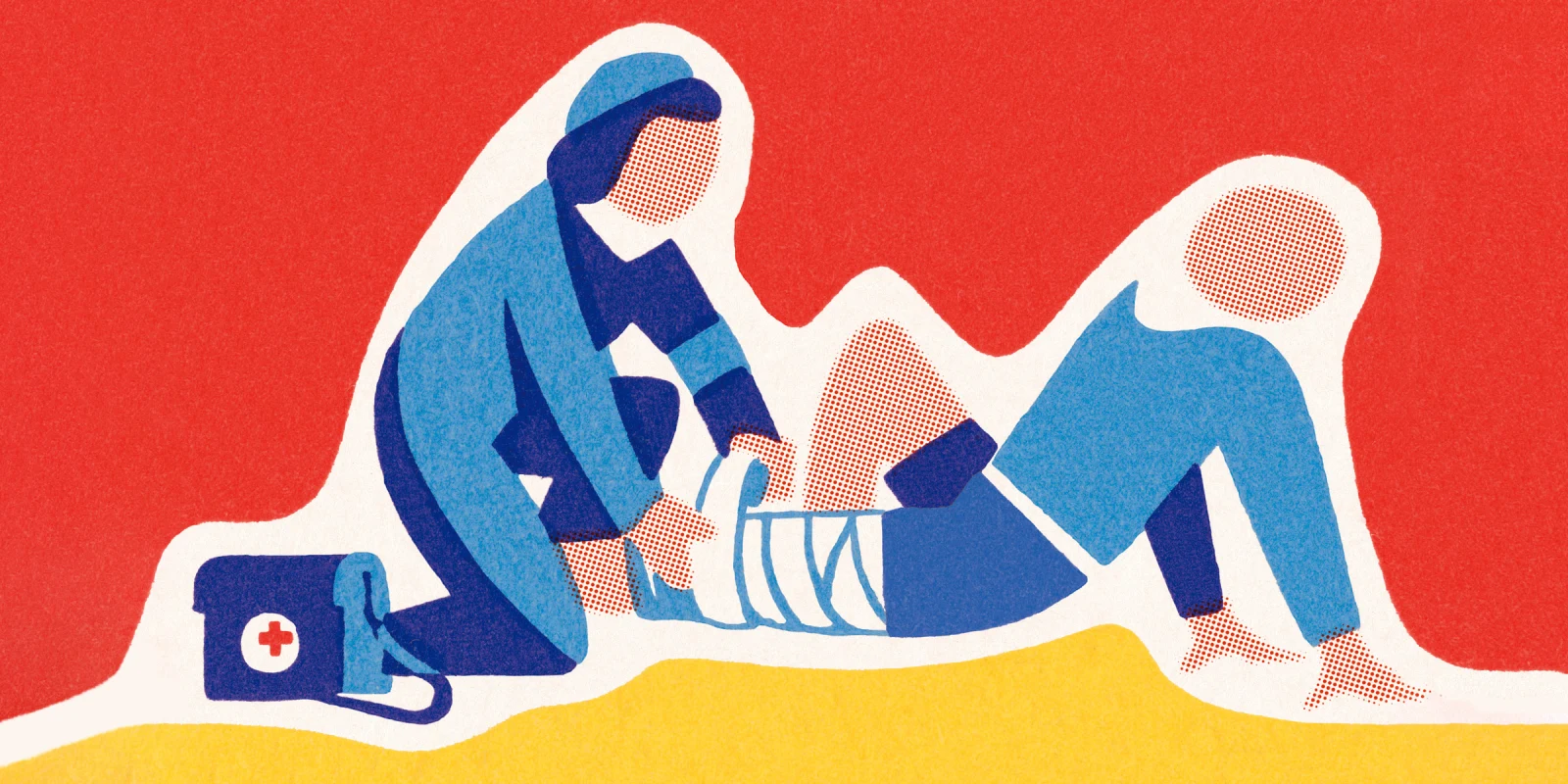When you hear the words “austere medicine,” you probably think immediately of disaster response or wilderness medicine or maybe just the last TV show or film you watched. With these common examples available, it is easy to forget the people who practice in some of the most austere and dangerous environments while still being expected to maintain a similar standard of care as a stateside physician. Not only are they expected to do more with much less, but many of the lessons they have learned have directly benefited civilian medicine, whether it is through techniques, processes, and technology.
Dr. Regan Lyon brings a wealth of this kind of knowledge to ACEP 21 in Boston. As a lieutenant colonel in the U.S. Air Force who has deployed with special operations teams in the Middle East, she has had firsthand experience in providing first rate medical care far beyond the wire. Absent were the shiny, sterile hallways and fully stocked supply rooms of a hospital, replaced instead by abandoned buildings, cots and headlamps, and whatever else her team of six medical professionals (emergency physician, surgeon, CRNA or anesthesiologist, respiratory therapist, ICU or ED nurse, and surgical technician) could carry on their backs. If they were lucky and deployed to the right location, they might have a generator and whatever extra medical supplies could be transported at the time.
Using evocative photographs (that provoked an entertaining concern by Public Affairs that they might be “too bloody” for the audience), Dr. Lyon gave us a tiny glimpse into the world of a Special Operations Medical Team. Faced with injuries and situations that would give even the most experienced and well-supplied emergency physician pause, her team triaged, stabilized, and dispositioned critical patients in the most austere environments, some close enough to active firefights that they were required to pack up and move to a safer location at a moment’s notice.
One of the most important aspects of austere critical care, she imparts, is the ability to function as a team rather than a group of individual professionals with separate jobs. At any point in time, you may need to step in and assist outside of your realm of expertise, whether it involves placing your own IVs, mixing and hanging medications, providing alternative forms of anesthesia, or ensuring that your teammate has the equipment and instruments they require. Knowing not only what you need and how to do your own job is just as important as knowing what your teammates do so that everyone can flex their skills to achieve the best outcome for the patient. A flexible and creative team can more effectively treat patients than one with rigid separation between each team member.
This level of creativity and flexibility is paramount in mass casualty situations where the number of patients and injuries far outnumber the medical team. When faced with 51 blast/gunshot victims within six hours, the team was able to provide efficient triage and care including three separate surgeries and six more invasive procedures. Of course, facing such a volume of critical patients requires a unique triage process and an innate acceptance of what is or is not feasible in the field.
In a typical hospital, the triage process will involve a full set of vital signs, brief history, and then disposition to the waiting room or one of the many care areas available. In the field and especially outside the wire, triage is a much more simple and rapid process. Using the RAMP Triage Model (Brad Keating SOMSA 2019), criteria involve ability to follow commands and presence of radial pulse. A quick visual examination and those criteria allow patients to be risk stratified as “Delayed,” “Urgent,” and “Expectant/Deceased.” There is no “waiting room,” in this environment, the “Delayed” patients are sent on their way to find care elsewhere and the focus is on the immediate stabilization and transport of the “Urgent” patients, whether that is to a local hospital or the next closest military medical facility. This may include anything from reduction and splinting to transfusions to actual surgical procedures performed on cots with headlamps and minimal instruments.
Figuring out what procedures are most necessary and reasonable is a difficult process in the field as well. When transferring out local fighters, Dr. Lyon and her team had to take into consideration the resources of the nearest hospitals as well as their own. If there were no vents available at the destination, a patient with an open abdomen might be extubated and provided regional anesthesia as an alternative, and certain procedures may risk depletion of supplies better used elsewhere. Blood transfusion was limited to whatever products the team could carry in their packs. If additional blood was needed, donors from the field would be called in to give whole blood that could then be rapidly deployed using typing cards and transfused. A single unit donation and the servicemember could return to duty, but two units and the donor would have to evacuate as well, leaving the team two members short as opposed to one.
Recognizing these restraints and applying them to your care requires an innate understanding of both you and your team’s supplies and abilities as well as the realization and acceptance of what you cannot do. In the U.S., we are often expected to “do everything,” even for patients with obviously fatal conditions. This is not feasible in the austere environment and while realizing this can be both professionally and emotionally draining, the inability to do so will result in far more patients harmed than saved over time.
The health care professionals on these teams are expected to make rapid-fire decisions based on limited information, with scarce supplies and resources. While the average emergency physician will hopefully never experience much of what they have endured, the lessons in teamwork, flexibility, creativity, and understanding your own limitations can be useful whether it is an overly busy shift or an unexpected mass casualty event. Dr. Lyon did an excellent job of representing the SOMT world and translating that knowledge into an all-too-brief format for ACEP attendees. I can only hope she is provided more time during ACEP22 and look forward to more Lessons from Behind the Wire.
Dr. Kibbey reports no conflicts of interest.
Image by CSA Images / Getty







